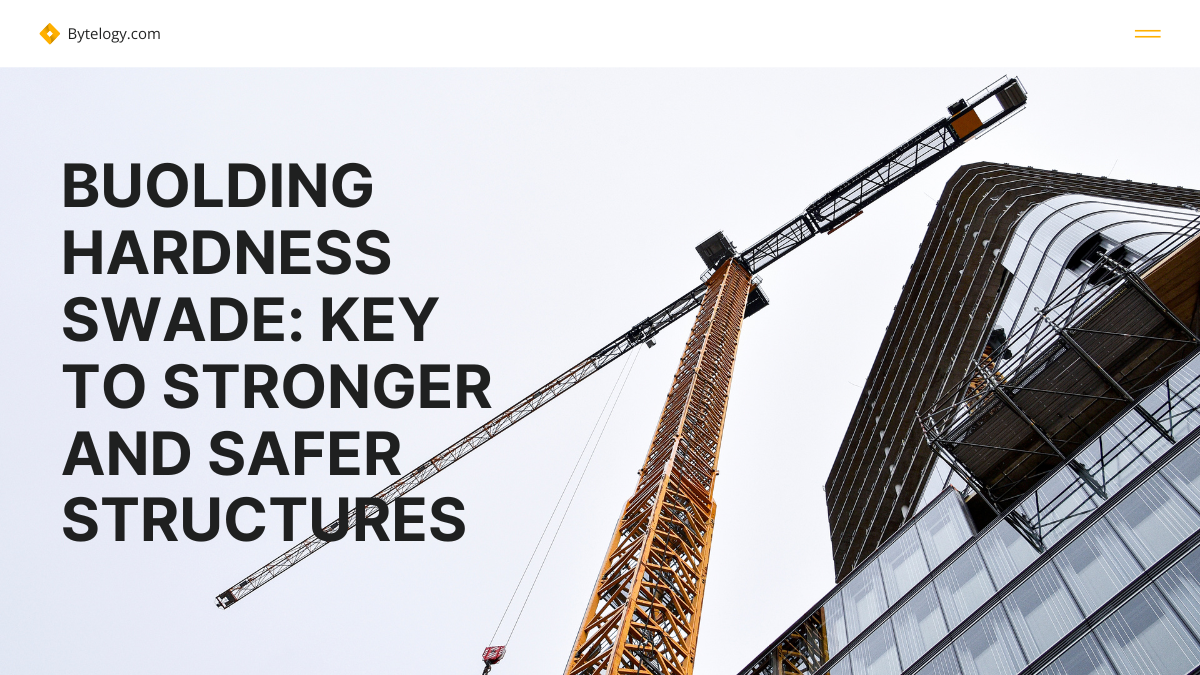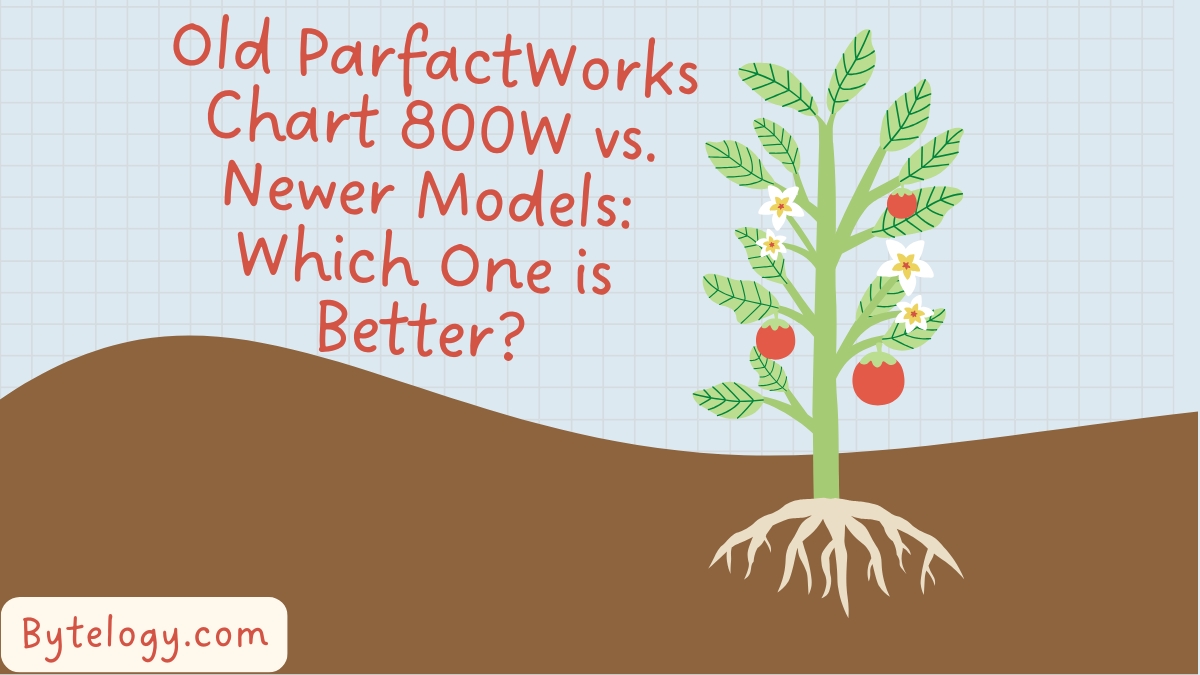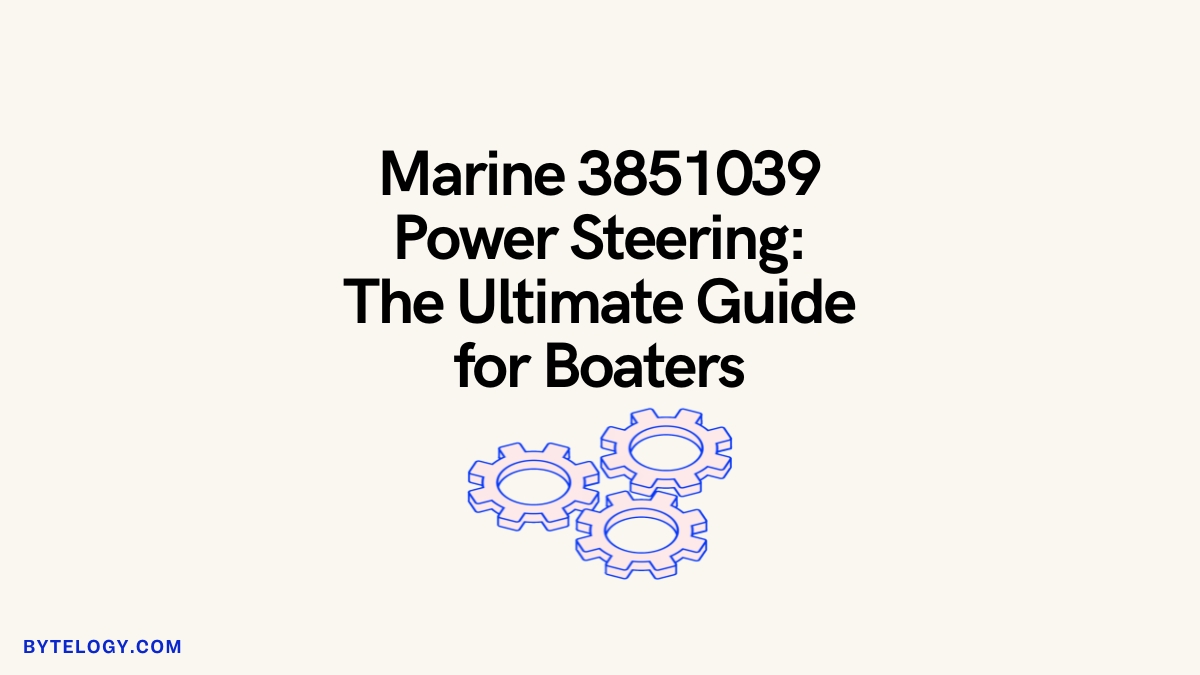
When it comes to building and materials used in structural projects, one phrase that commonly sticks out is “buolding hardness swade.” Though it may seem like a specialized or technical phrase, knowing it is crucial for engineers, architects and builders. This notion plays a significant role in guaranteeing the longevity, strength and safety of diverse constructions. In this essay, we will study what buolding hardness swade refers to, its relevance in construction, elements that impact it and how it helps to long-lasting structures.
What Is Buolding Hardness Swade?
Buolding hardness swade refers to a material’s capacity to resist deformation under stress, pressure, or external forces. Essentially, it is a measure of a construction material’s hardness or toughness. The phrase may relate to a variety of materials used in building, including concrete, steel, wood and even sophisticated composites.
A greater buolding hardnes swade suggests a material with superior resistance to wear and tear, meaning it can take large loads without displaying symptoms of structural breakdown. This feature is necessary for structures exposed to enormous loads, such as bridges, high-rise buildings and industrial complexes.
Why Is Buolding Hardness Swade Important in Construction?
Durability and Longevity
Buildings are supposed to remain for decades, maybe centuries. Materials with high buolding hardness swade guarantee that the structure stays robust over time despite external stresses including wind, rain and temperature variations.
Safety Assurance
Safety is a key consideration in construction. By choosing materials with sufficient hardness, engineers may guarantee that constructions can resist possible calamities, such as earthquakes or strong storms. High buolding hardness swade avoids structural deformation, lowering the danger of collapse.
Resistance to Wear and Tear
In high-traffic places like roads, airports and commercial buildings, materials sustain frequent usage. Buolding hardnes swade helps these materials stay intact without regular repair or replacement. This results in cheaper maintenance costs and extended longevity.
Load-Bearing Capacity
Structures need to sustain varied loads, including furniture, machinery and inhabitants. Materials with increased hardness give superior load-bearing capability, minimizing drooping or failure under pressure.
Factors Affecting Buolding Hardness Swade
Several variables determine the hardness of a construction material, including:
Material Composition
The chemical constitution of a substance influences its hardness. For instance, steel reinforced with carbon demonstrates increased hardness compared to pure iron. Similarly, high-grade concrete mixtures boost structural integrity.
Manufacturing Process
The way a substance is treated impacts its ultimate hardness. For example, heat treatment of metals may improve their hardness, while incorrect curing of concrete can lower its strength.
Environmental Exposure
Long-term exposure to moisture, severe temperatures and pollution may impair a material’s hardness. Materials having protective coatings or finishes tend to keep their buolding hardness swade better in hostile settings.
Aging and Wear
Over time, materials may lose their hardness owing to constant stress or age. Regular inspection and maintenance are required to ensure materials keep their qualities.
Improving
Builders and engineers may take many measures to increase the hardness of materials:
Use High-Quality Materials
Selecting premium-grade materials gives increased initial hardness. For example, utilizing high-strength concrete and steel with suitable reinforcing enhances overall hardness.
Reinforcement
Reinforcing materials using fibers, steel bars or polymers enhances their strength and resistance to deformation. Reinforcement is ubiquitous in both concrete buildings and composite materials.
Protective Coatings
Applying protective coatings, such as sealants on concrete or anti-corrosion layers on steel, helps retain hardness by avoiding environmental deterioration.
Heat Treatment
For metals, heat treatment may dramatically improve hardness. This method includes heating the metal to a specified temperature and then cooling it fast to increase its structural qualities.
FAQs
Q1: What is the relevance of buolding hardness swade in residential buildings?
A1: Buolding hardness swade guarantees that residential structures stay structurally strong and need minimum maintenance over time. This is especially crucial for multi-story houses and flats that carry substantial loads.
Q2: How can I measure the hardness of a construction material?
A2: Hardness may be tested using numerous techniques, such as the Mohs scale for minerals or Brinell and Vickers tests for metals. These techniques measure how resistant a substance is to indentation or scratching.
Q3: Which materials normally have high buolding hardness swade?
A3: Materials like reinforced concrete, carbon steel and engineered wood products often demonstrate great hardness. Advanced composites utilized in contemporary construction also provide remarkable hardness qualities.
Q4: Does buolding hardness swade affect a building’s energy efficiency?
A4: Indirectly, sure. Materials with high hardness frequently offer superior insulation and structural integrity, which may boost a building’s overall energy efficiency by limiting heat loss or gain.
Q5: Can weather circumstances affect buolding hardness swade?
A5: Yes, harsh weather conditions such as heavy rain, snow and temperature fluctuations may damage materials over time. Protective treatments and frequent maintenance may help mitigate these consequences.
Exploring the concept of buolding hardness swade is important when it comes to the construction of durable, safer structures and this research paper aims at filling this gap in knowledge. The following observations will benefit a builder, a homeowner and anyone who may just be curious about structures and building materials: Even an apparently small component has its role – from selecting the materials to using proper maintenance, structures remain standing tall year after year.








